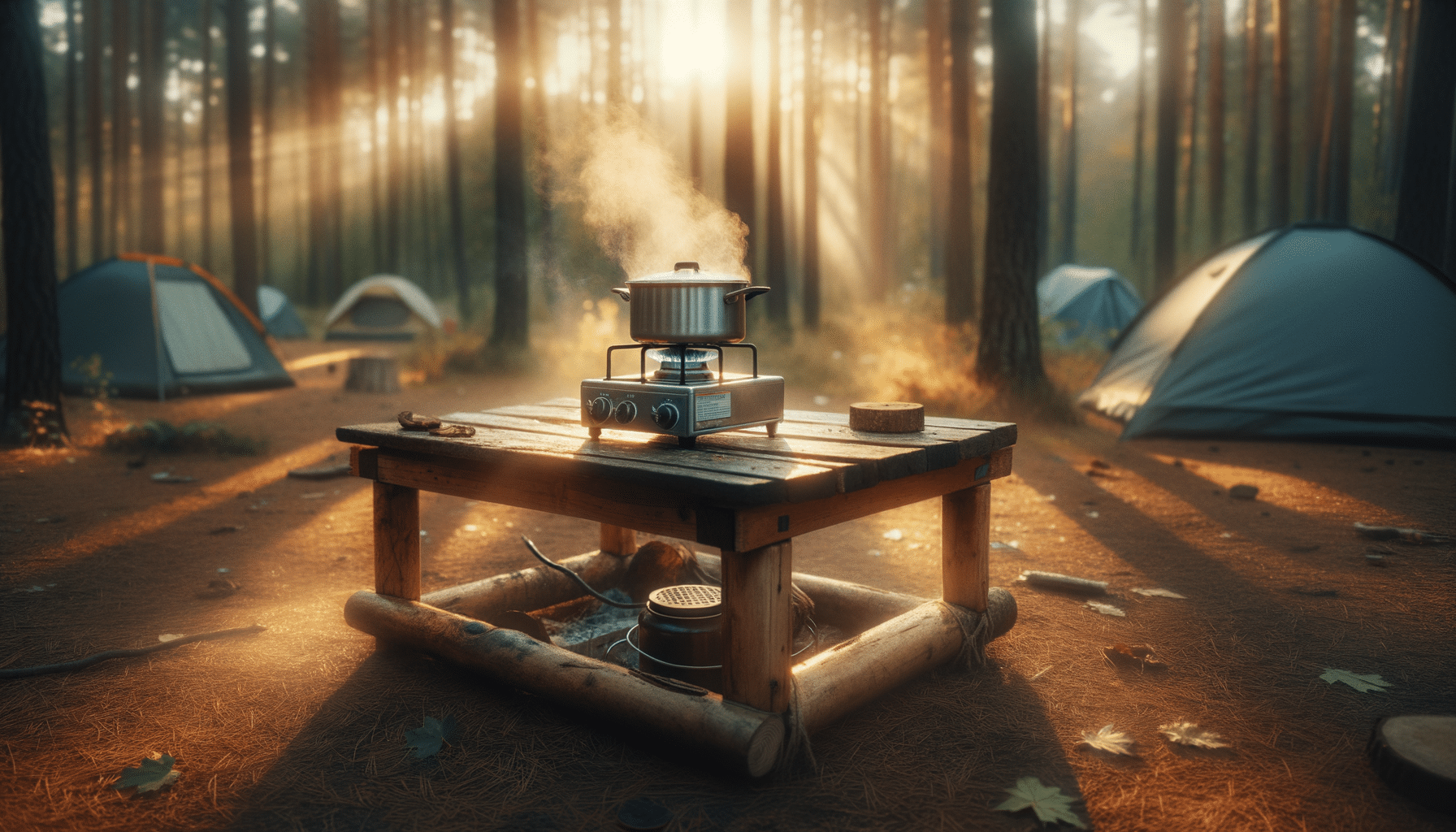
A professional guide on how to repair and respond to a variety of common plumbing problems
Introduction: Navigating Common Plumbing Problems
Plumbing issues are a common household challenge that can range from minor inconveniences to major disruptions. Understanding how to address these issues not only saves time and money but also empowers homeowners to maintain their plumbing systems effectively. This guide explores various common plumbing problems, offering practical solutions and insights into maintaining a functional plumbing system.
Understanding Leaky Faucets
Leaky faucets are not just annoying; they can also lead to significant water wastage and increased utility bills. A faucet leak typically results from worn-out washers or seals. To address this issue, start by turning off the water supply to the faucet. Use a wrench to disassemble the faucet and inspect the washers and O-rings. Replace any worn components, reassemble the faucet, and turn the water supply back on. Regular inspection and timely replacement of worn parts can prevent leaks and extend the lifespan of your faucets.
Consider these steps as part of a routine maintenance schedule:
- Check faucets monthly for signs of leaks.
- Clean aerators and replace washers as needed.
- Use quality replacement parts to ensure durability.
Tackling Clogged Drains
Clogged drains are a frequent issue in kitchens and bathrooms, often caused by the accumulation of hair, soap, grease, and food particles. To unclog a drain, start with a plunger to dislodge the blockage. If this doesn’t work, a drain snake or auger can be used to reach deeper clogs. For persistent clogs, a mixture of baking soda and vinegar can provide a natural solution. Pour the mixture down the drain, wait for it to fizz, and follow with hot water.
Preventive measures include:
- Using drain covers to catch hair and debris.
- Avoiding pouring grease down the kitchen sink.
- Regularly flushing drains with hot water.
Fixing Running Toilets
A running toilet can waste a significant amount of water over time. The most common cause is a faulty flapper valve, which fails to seal the tank properly. To fix this, first, remove the tank lid and inspect the flapper. If it appears worn or damaged, replace it with a new one. Additionally, check the chain length; it should allow the flapper to close fully without obstruction. Adjust the float arm if necessary to ensure the water level is correct.
Regular maintenance tips include:
- Inspecting the flapper every six months.
- Cleaning mineral deposits from the tank components.
- Testing the toilet for leaks using food coloring in the tank.
Addressing Low Water Pressure
Low water pressure can affect the efficiency of your plumbing system, making daily tasks like showering and dishwashing frustrating. Common causes include pipe obstructions, faulty fixtures, or issues with the water supply line. To diagnose, start by checking if the problem is isolated to a specific fixture or throughout the house. Clean the aerators and showerheads to remove mineral deposits. If the issue persists, inspect the main shut-off valve and ensure it is fully open. For more complex problems, consulting a professional plumber may be necessary.
Preventive strategies to maintain water pressure:
- Regularly cleaning fixtures to prevent buildup.
- Checking for leaks in visible pipes.
- Monitoring changes in water pressure to address issues promptly.
Conclusion: Empowering Homeowners with Plumbing Knowledge
Understanding and addressing common plumbing problems equips homeowners with the skills to maintain their plumbing systems efficiently. By regularly inspecting and maintaining fixtures, much of the frustration associated with plumbing issues can be alleviated. This guide serves as a resource for tackling everyday plumbing challenges with confidence and competence, ensuring a well-functioning home environment.


